Flying Fish Species
Flying fish are a remarkable group of marine creatures known for their unique ability to glide above the water’s surface. There are approximately 64 recognized species of flying fish, each exhibiting distinct characteristics and adaptations. Among the most commonly encountered species are the Exocoetus volitans, Hirundichthys affinis, and Cheilopogon melanurus.
Exocoetus volitans (The Common Flying Fish)
Physical Characteristics: The Exocoetus volitans, commonly known as the Common Flying Fish, is indeed an iconic member of the flying fish family.
- Size: While it typically measures 20-30 centimeters in length, exceptional individuals can reach lengths of up to 45 centimeters.
- Coloration: Its dorsal side is adorned with a striking silver-blue hue, which gradually transitions to a silver-white color on the ventral side.
- Unique Feature: This species is notably distinguished by its elongated pectoral fins, which serve as wings during gliding. These fins are exceptionally flexible and adapted for achieving remarkable aerodynamic lift.
Distribution: The Common Flying Fish is frequently encountered in the warm waters of the Atlantic, Indian, and Pacific Oceans. Notably, it possesses an impressive ability to cover substantial distances during flight, with some individuals soaring up to an astonishing 200 meters.
Hirundichthys affinis (The Black-winged Flying Fish)
Physical Characteristics: The Hirundichthys affinis, or Black-winged Flying Fish, is renowned for its distinctive appearance.
- Size: Typically smaller in size, ranging from 15-25 centimeters in length.
- Coloration: What sets this species apart is its dark, almost black wings that create a striking contrast against its silver-white body.
Distribution: This species is prevalent in the Indian and Pacific Oceans, particularly in warm offshore waters. Its striking appearance and interesting behavior make it a favorite among enthusiasts and researchers alike.
Cheilopogon melanurus (The Spotfin Flyingfish)
Physical Characteristics: The Cheilopogon melanurus, often referred to as the Spotfin Flyingfish, is recognized by its unique coloration.
- Size: Typically measures 25-35 centimeters in length.
- Coloration: Its silver body is adorned with distinctive black markings on the dorsal fin, creating an eye-catching pattern that sets it apart from other species.
Distribution: The Spotfin Flyingfish inhabits tropical and subtropical waters across the globe. Its striking appearance and interesting behavior make it a subject of fascination for marine enthusiasts and researchers.
Flying Fish Behavior
Flight Mechanics
Flying fish exhibit astonishingly complex mechanisms that enable them to glide above the water’s surface with remarkable precision and efficiency:
- Acceleration: Flying fish initiate their flight by executing powerful tail movements that propel them out of the water. This rapid burst of speed is essential for breaking the surface tension and achieving liftoff.
- Wing Deployment: Once airborne, flying fish unfurl their pectoral fins, which serve as wings. These fins are uniquely elongated and rigid, providing significant lift during gliding.
- Aerodynamic Glide: By delicately adjusting the angle of their pectoral fins, flying fish can finely control their trajectory and altitude while in flight. This exceptional adaptation enables them to glide for considerable distances, effectively bridging gaps in the ocean.
Environmental Triggers
Various environmental factors influence the decision of flying fish to take flight:
- Predator Evasion: The primary impetus for flight is to escape predators, which include dorado, tuna, and marlins. These larger and faster-swimming fish pose a constant threat to flying fish, prompting an immediate flight response when detected.
- Disturbances: Sudden disturbances in the water, arising from factors such as boat traffic or underwater disturbances, can trigger flight as a survival response. Flying fish are acutely sensitive to their surroundings and can swiftly react to perceived threats.
- Daylight vs. Nighttime: Flying fish often opt for nocturnal flight, as this reduces the risk of predation. The cloak of darkness over the ocean surface provides natural cover, rendering their silhouettes less visible to potential predators.
Habitat and Environment
Flying fish are pelagic creatures that primarily inhabit open ocean waters. Their habitat preferences are finely tuned to specific environmental conditions that promote their survival and feeding habits:
- Ocean Zones: Flying fish predominantly occupy the epipelagic zone, which is the uppermost layer of the ocean extending from the surface to approximately 200 meters in depth. In this zone, sunlight penetrates, supporting the growth of phytoplankton, the primary food source for flying fish. This abundance of plankton attracts various prey species, making it an ideal feeding ground for these agile fish.
- Surface-Oriented: Flying fish are surface-oriented creatures. They spend most of their time near the ocean’s surface, where they can easily access their primary food source. This behavior involves skimming the surface waters, using their specialized pectoral fins to capture prey efficiently. Their ability to launch themselves out of the water allows them to escape from predators by gliding over the surface, a strategy that capitalizes on their surface-dwelling lifestyle.
- Temperature Range: These fish thrive in waters with temperatures ranging from 20 to 30 degrees Celsius (68 to 86 degrees Fahrenheit). While some species exhibit specific temperature preferences, they are remarkably adaptable to varying thermal conditions. Their ability to navigate across oceanic regions with varying temperatures highlights their ecological flexibility.
- Salinity: Flying fish are well-adapted to marine salinity levels, which typically range from 35 to 37 parts per thousand. Their physiology and osmoregulatory mechanisms have evolved to maintain an optimal balance in these saline conditions, allowing them to thrive in diverse oceanic environments.
Understanding these habitat preferences is crucial for replicating their natural environment in captivity and ensuring their health and well-being.
Breeding and Reproduction
Flying fish have developed a unique reproductive strategy that aligns with their pelagic lifestyle. Deeper insights into their breeding and reproduction processes shed light on the challenges of captive breeding:
- Mating Rituals: Courtship rituals among flying fish are captivating displays of agility and coordination. Males often chase females within schools, engaging in synchronized swimming displays. These rituals may serve to attract potential mates by showcasing their fitness and ability to navigate in open water.
- External Fertilization: Flying fish employ external fertilization as their primary reproductive method. Females release their eggs into the water column, and males simultaneously release sperm. This synchronous release allows for fertilization to occur externally, in the open water. However, it also presents challenges in controlled breeding environments, as it requires mimicking these oceanic conditions.
- Larval Development: The larval stage is a critical phase in the life cycle of flying fish. After fertilization, the eggs hatch into transparent larvae known as “fry.” These fry are incredibly vulnerable to predation and drift passively in ocean currents. During this stage, they feed on a diet of plankton, which significantly contributes to their growth and development. Replicating this stage in captivity involves providing appropriate environmental conditions and a consistent source of planktonic food.
The pelagic and migratory nature of their breeding process poses significant challenges for captive breeding efforts, as replicating these conditions in an artificial setting is complex and requires careful attention to detail.
Feeding and Diet
Flying fish exhibit a varied diet that reflects their adaptability to the open ocean environment. A closer look at their feeding habits reveals the complexity of their dietary preferences:
- Plankton: Flying fish rely significantly on small crustaceans, including copepods and shrimp larvae, as a primary food source. These tiny organisms are abundant in epipelagic waters, forming the foundation of the marine food chain. Flying fish have evolved specialized feeding mechanisms, including filtering structures in their gill rakers, to efficiently capture and consume these microscopic prey.
- Zooplankton: In addition to crustaceans, flying fish actively feed on various zooplankton species. This includes small jellyfish and fish larvae, which are prevalent in the same surface waters where flying fish prefer to forage. Their diverse diet of zooplankton highlights their opportunistic feeding behavior, allowing them to adapt to changing prey availability.
- Algae and Phytoplankton: In certain circumstances, flying fish may consume plant matter, such as algae and phytoplankton. This dietary flexibility allows them to adapt to areas where planktonic prey may be scarce, demonstrating their ability to adjust their diet based on local prey availability.
The flexibility in their diet, ranging from animal to plant matter, underscores their role as important components of open ocean ecosystems. Importantly, replicating these dietary habits in captivity necessitates meticulous attention to providing a balanced and diverse diet to meet their nutritional needs.

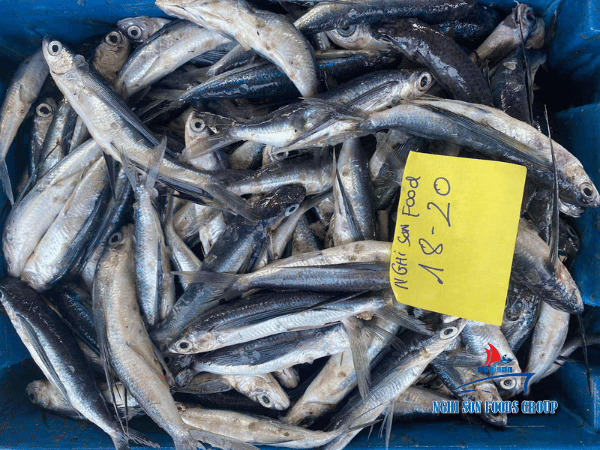
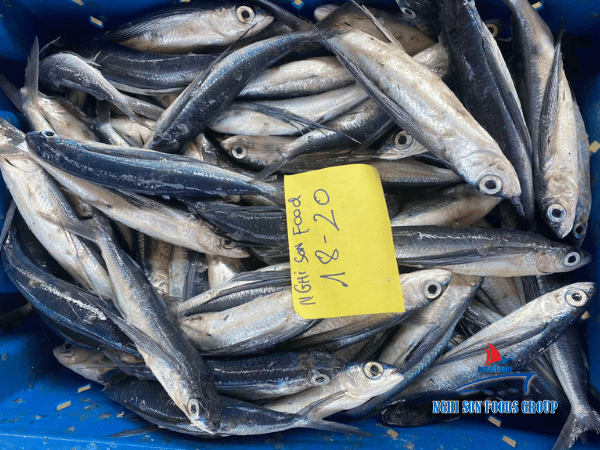
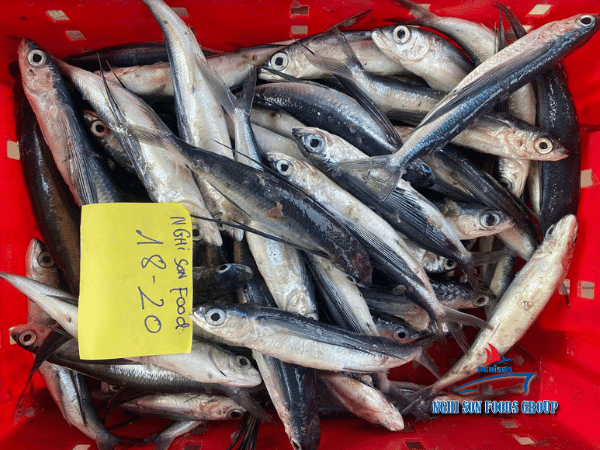
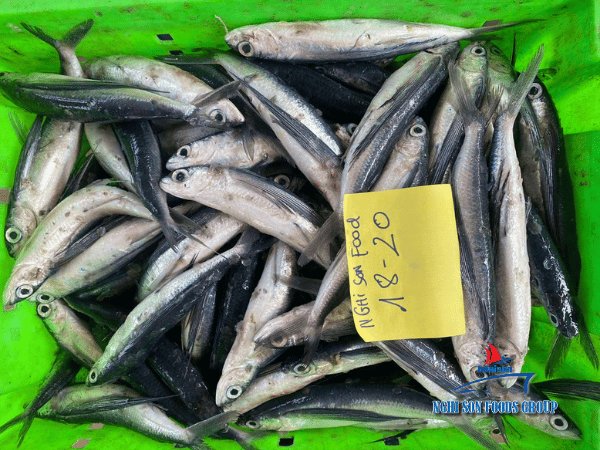

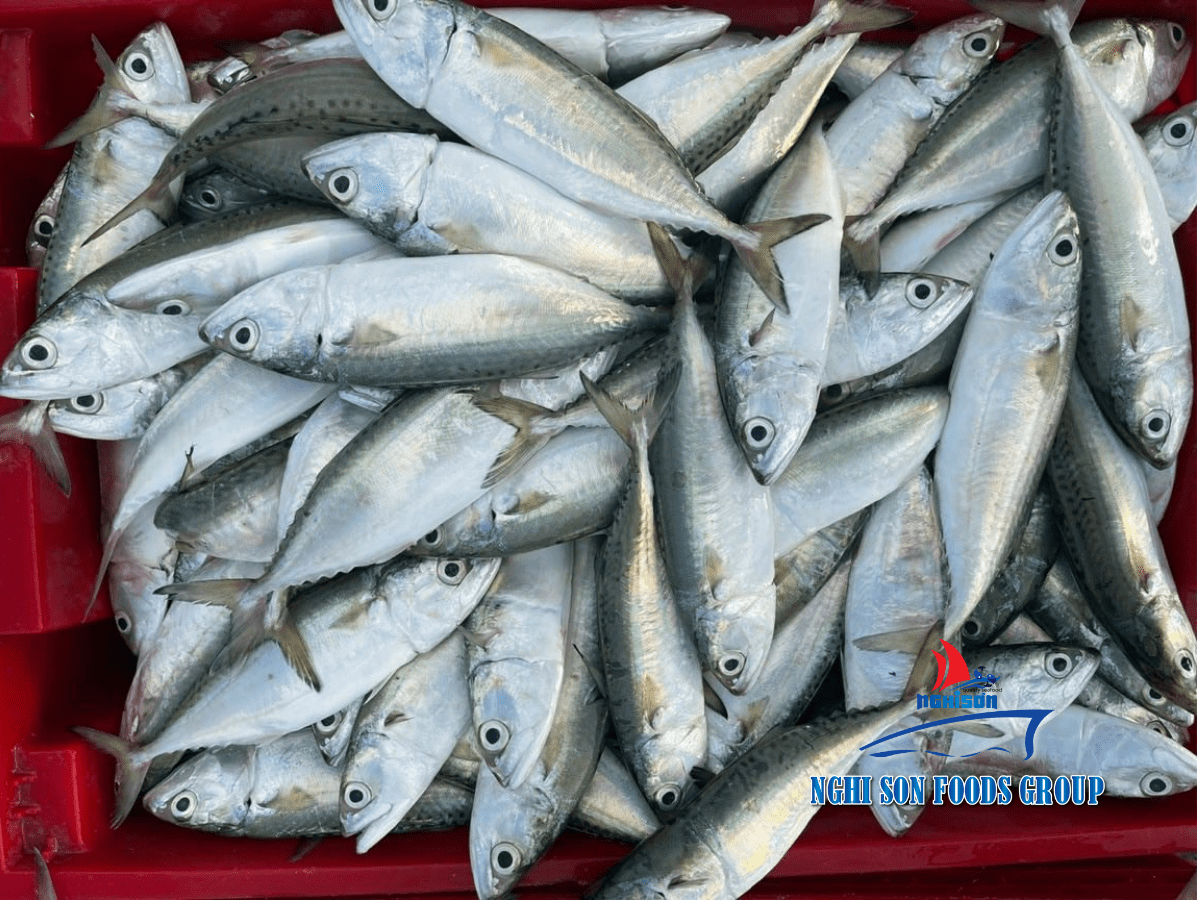

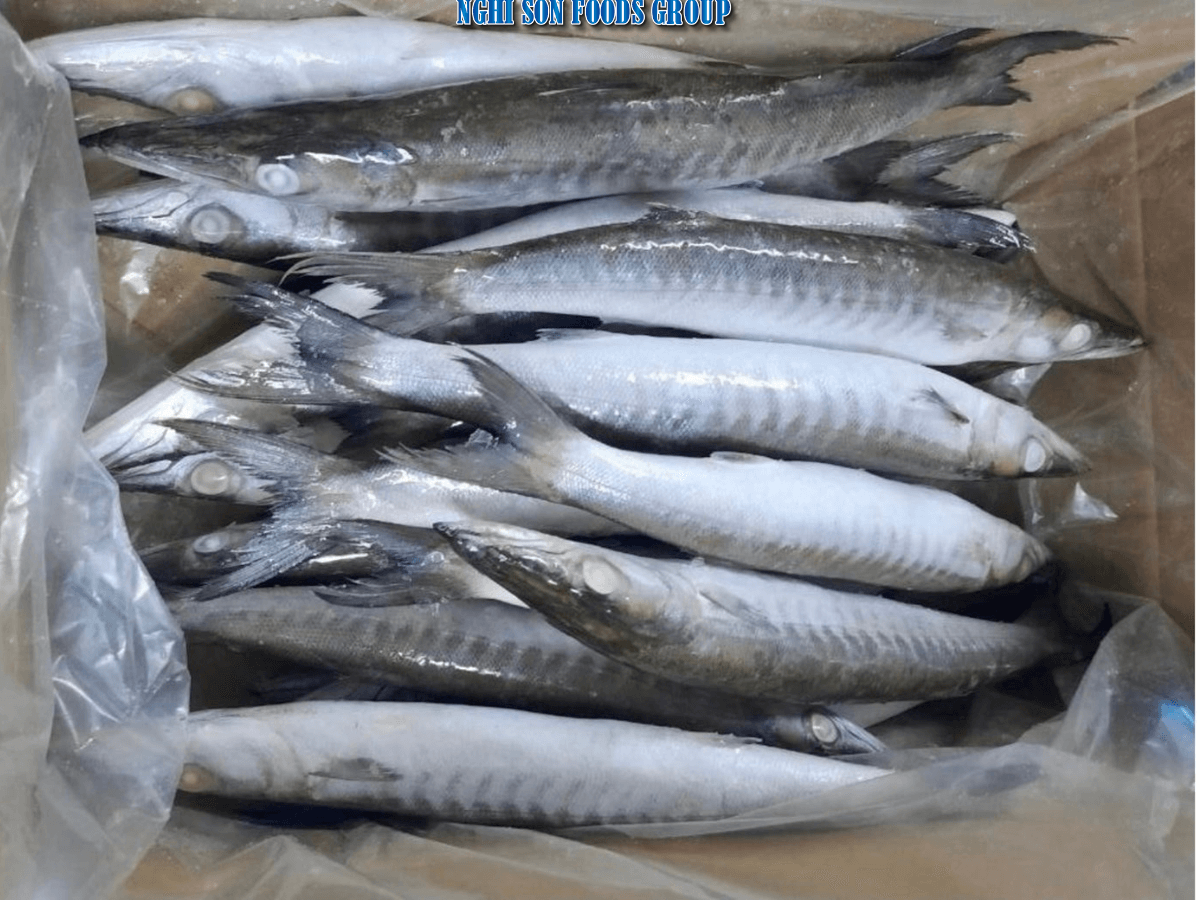
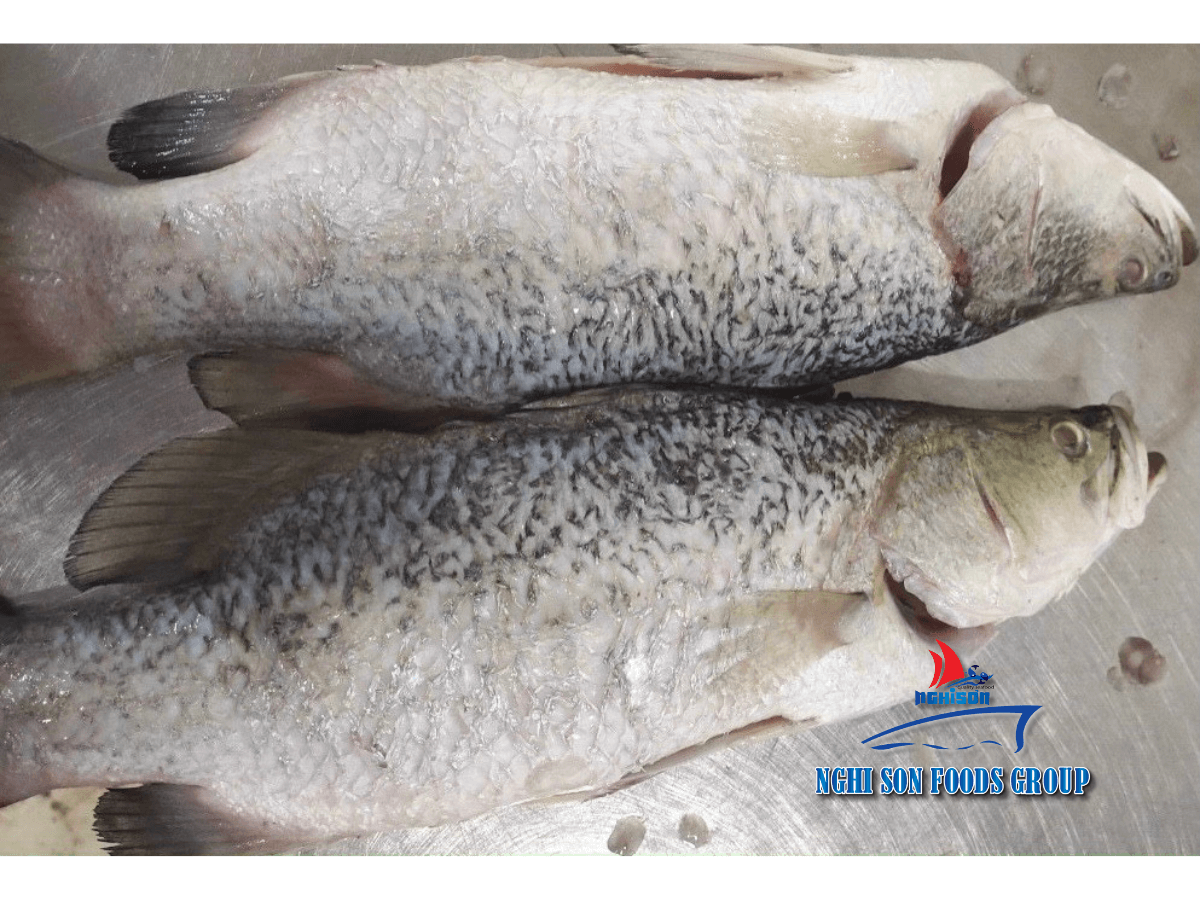




Reviews
There are no reviews yet.